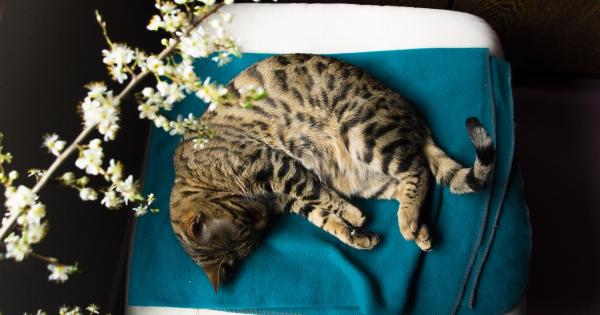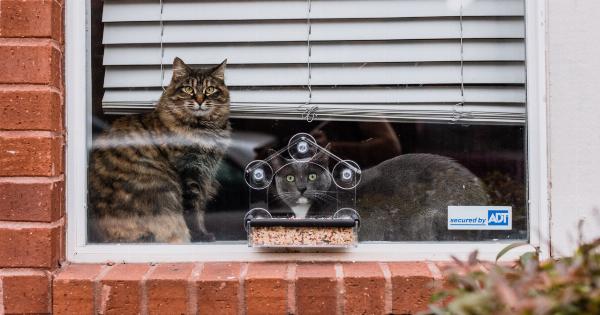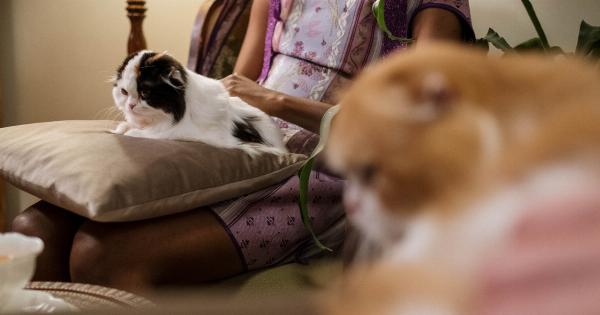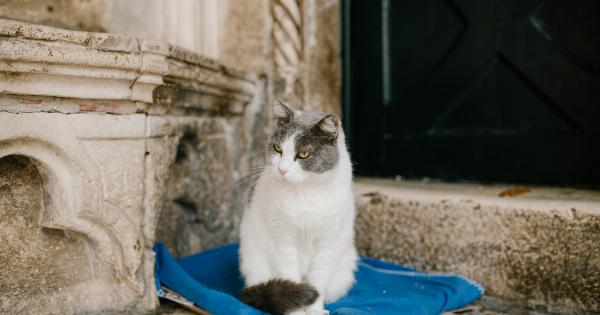Cats are adored by many, with their playful antics and affectionate personalities. However, we also need to be aware of the potential dangers they face due to viral diseases.
Two of the most common viral diseases that threaten our feline friends are Feline Immunodeficiency Virus (FIV) and Feline Leukemia Virus (FeLV).
Feline Immunodeficiency Virus (FIV)
FIV is a retrovirus that can lead to lifelong infections in cats. The virus attacks the immune system by invading and destroying certain white blood cells, eventually leading to immunodeficiency.
Cats with FIV are at risk of infections, as their immune system is weakened, leading to chronic illnesses and reduced life expectancy.
As the virus can be transmitted through bites, FIV is more commonly seen in outdoor cats that fight with other cats. Prevention of the disease involves keeping cats away from high-risk situations involving fights and bites.
Additionally, FIV can be prevented by vaccinating cats against the virus where appropriate.
Feline Leukemia Virus (FeLV)
FeLV is another viral disease that can cause immunodeficiency in cats. Like FIV, FeLV is also a retrovirus that can be transmitted from cat to cat through bodily fluids such as blood, saliva, and urine.
Once inside the cat’s body, the virus can target multiple cells that help in the proper functioning of the immune system. Over time, FeLV can lead to various health concerns such as anemia, cancer, and neurological problems.
Prevention of FeLV includes vaccination of cats, specifically the ones that are at risk. It is also advised to keep cats away from infected cats or places that might harbor FeLV-positive cats, such as shelters and boarding facilities.
Diagnosis and Treatment of FIV and FeLV
The diagnosis and treatment of FIV and FeLV involve various tests that may include a complete blood count, biochemistry profile, polymerase chain reaction (PCR), and ELISA tests.
Treatment options for these diseases include supportive care, medications to ward off infections, and antiviral therapy in some cases.
It’s important to understand the significance of these tests as early diagnosis can help in prolonging the life of a cat infected with these viruses.
Behavioral Impacts of FIV and FeLV
Cats that are infected with FIV or FeLV show behavioral changes that could be an early indicator of the disease. Infected cats might show signs of lethargy, depression, and loss of appetite.
They might also withdraw more than usual and show less interest in playing. These symptoms may vary from cat to cat, and it’s necessary to keep a close eye on a cat’s behavior and seek medical attention if any abnormalities are noticed.
Living with an Infected Cat
Living with an infected cat is possible with the right care and treatment. In situations where a cat has tested positive for FIV or FeLV, it’s essential to make sure the cat receives proper veterinary care and attention.
Keeping a clean and hygienic environment and feeding a healthy diet can improve the overall well-being of the infected cat.
As transmission of both FIV and FeLV is through cats bodily fluids, it is recommended to keep infected cats away from non-infected ones. This can minimize the spread of the virus and reduce the transmission risk significantly.
Closing Thoughts
Though Feline Immunodeficiency Virus and Feline Leukemia Virus can be devastating diseases that pose significant risks to our feline friends, educating ourselves about the diseases and recognizing the symptoms can help in early diagnosis and effective treatment. Keeping cats away from high-risk situations and ensuring proper veterinary care are the key factors in keeping our feline friends healthy and happy.




























